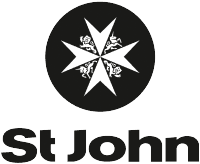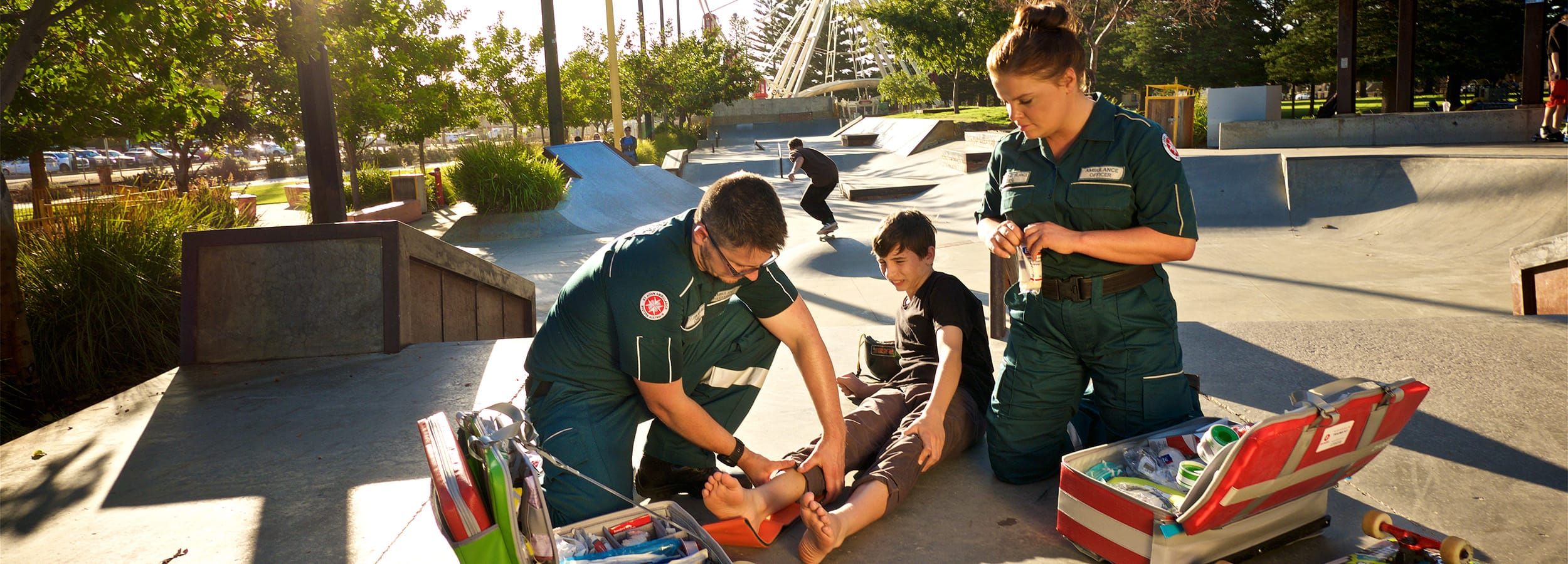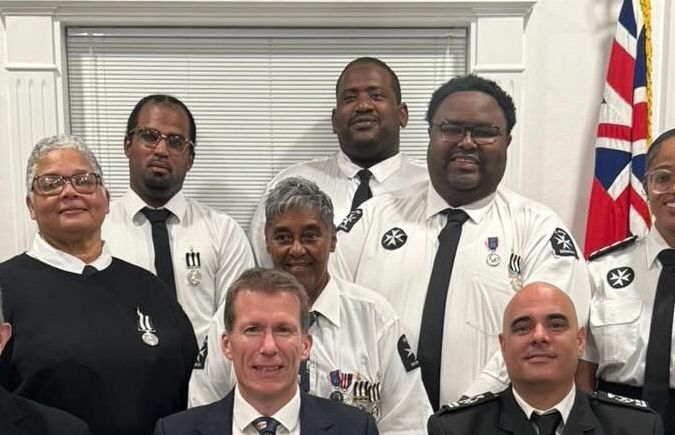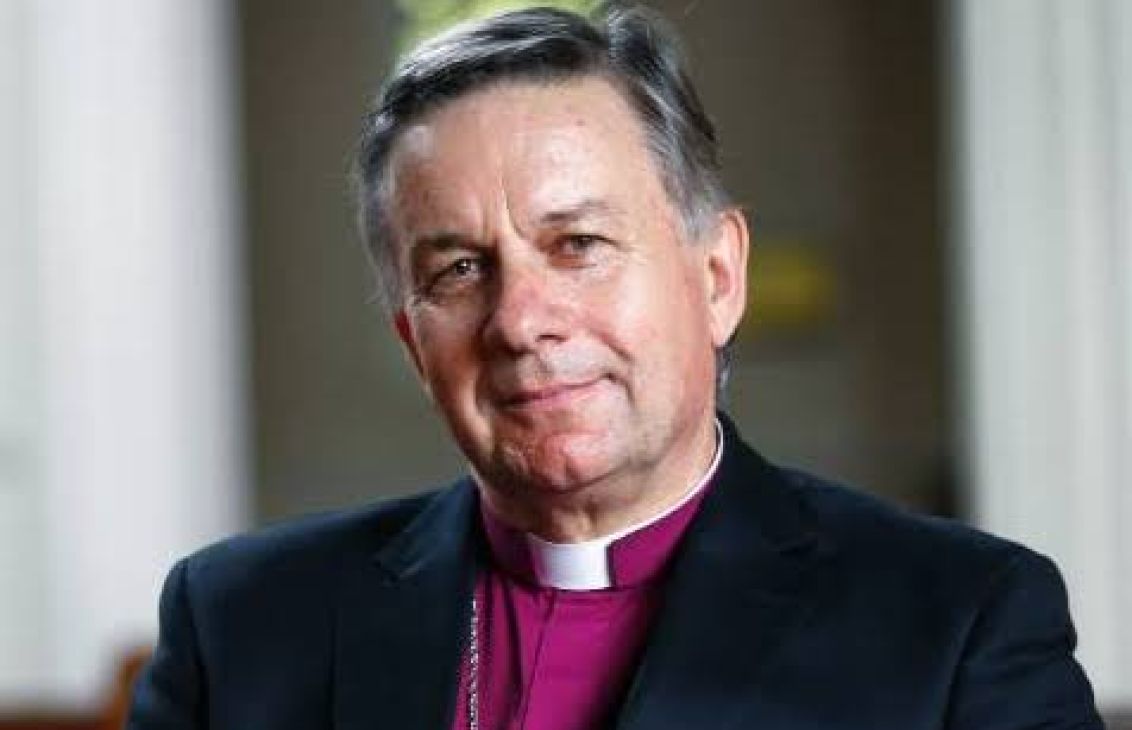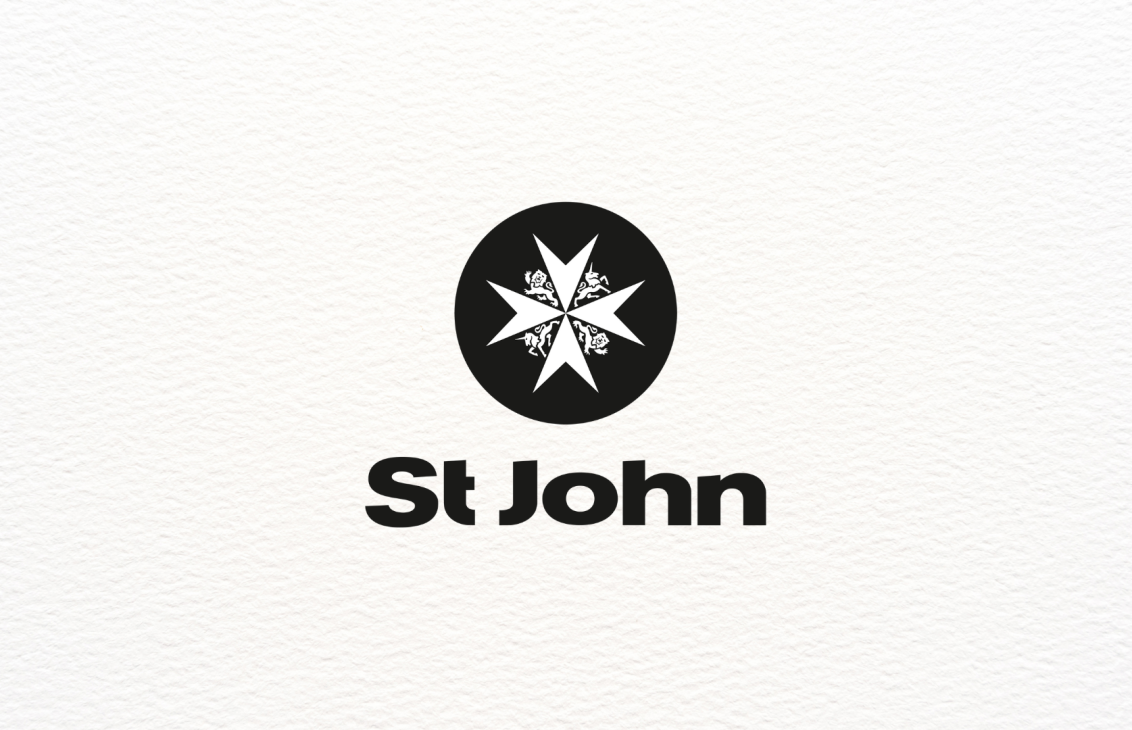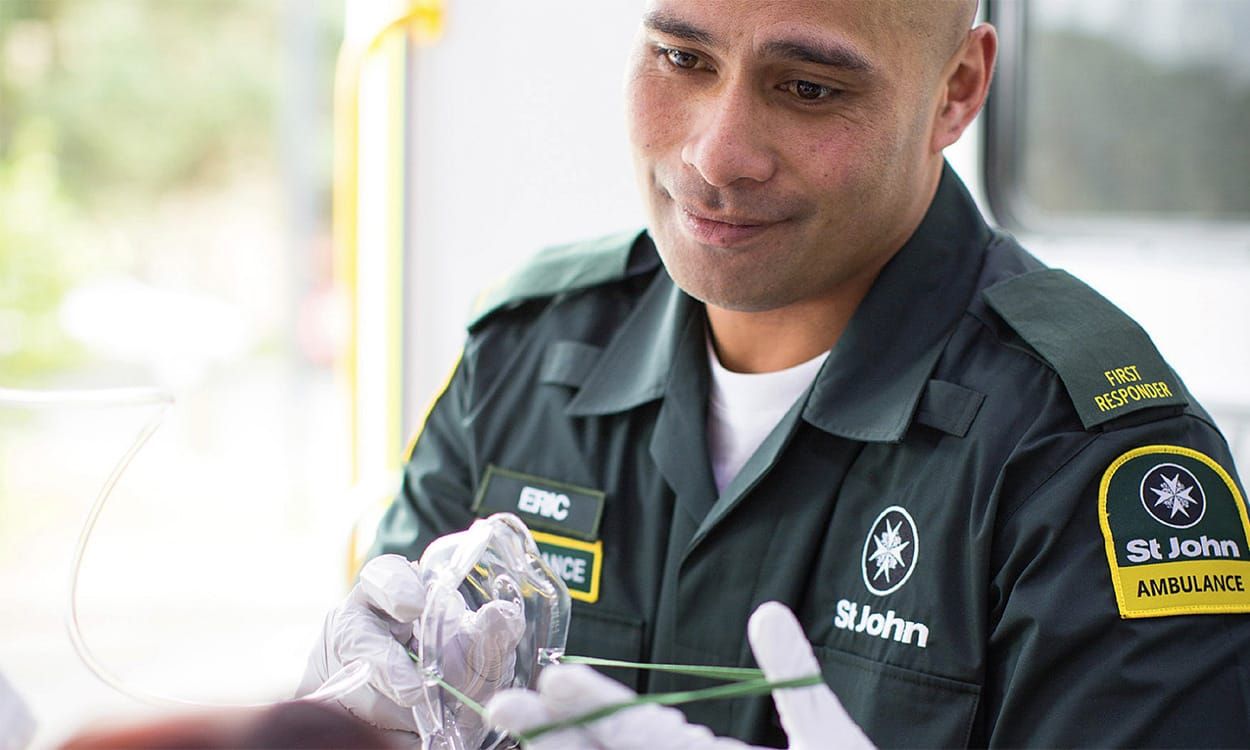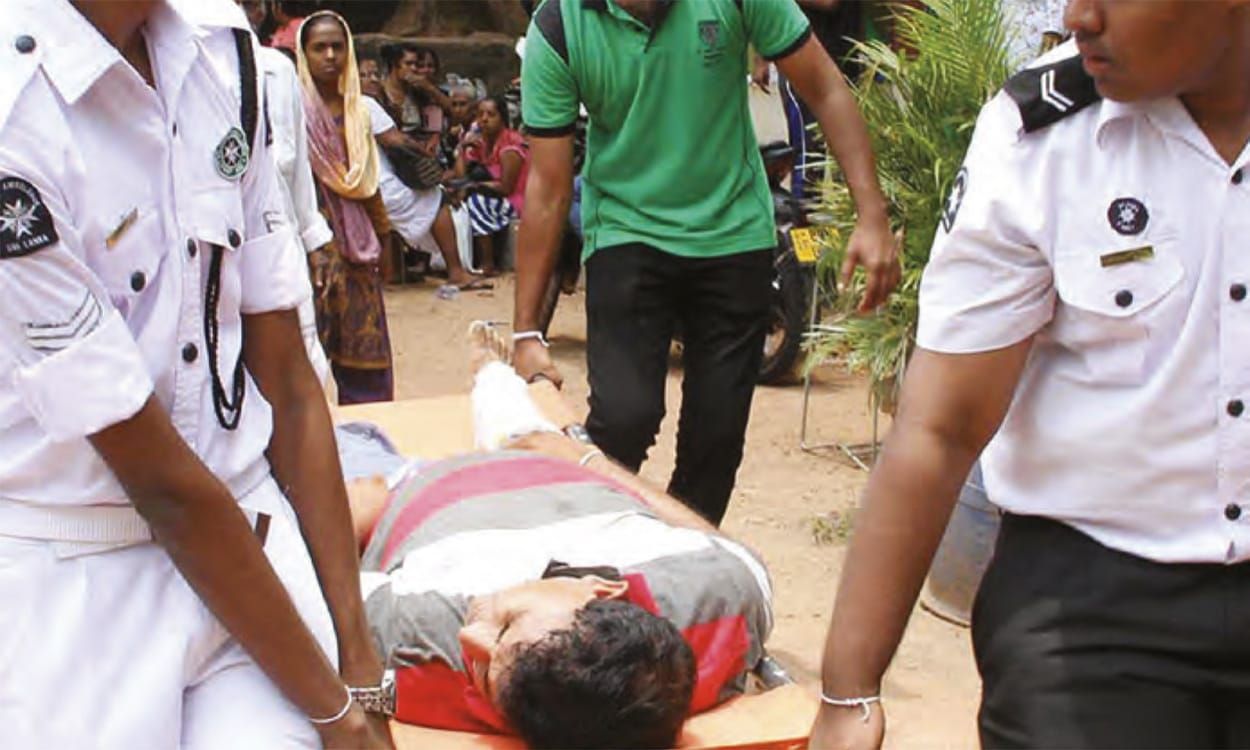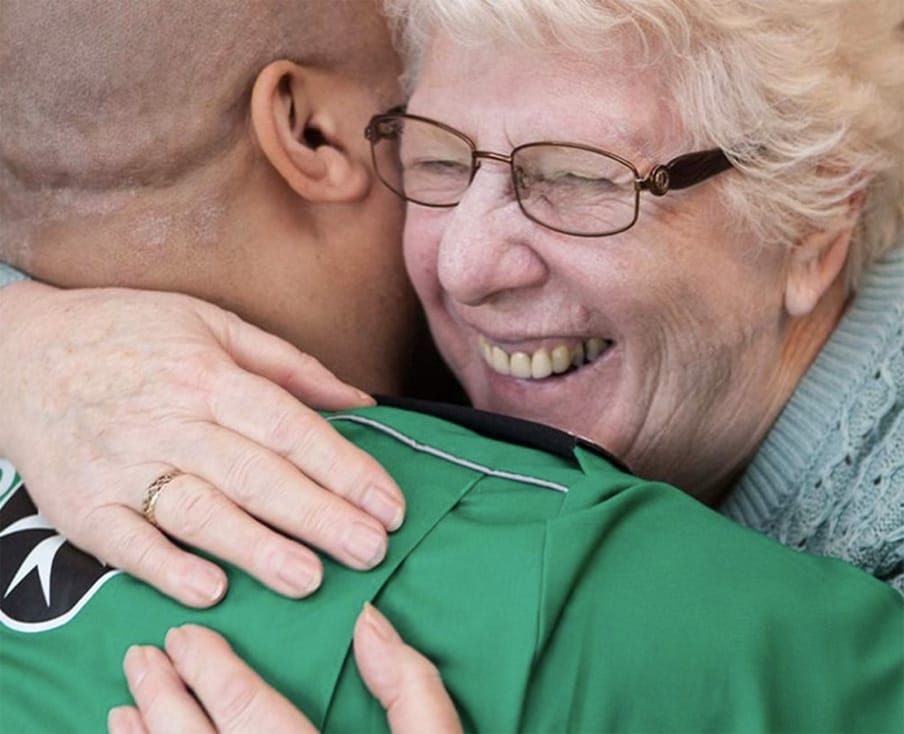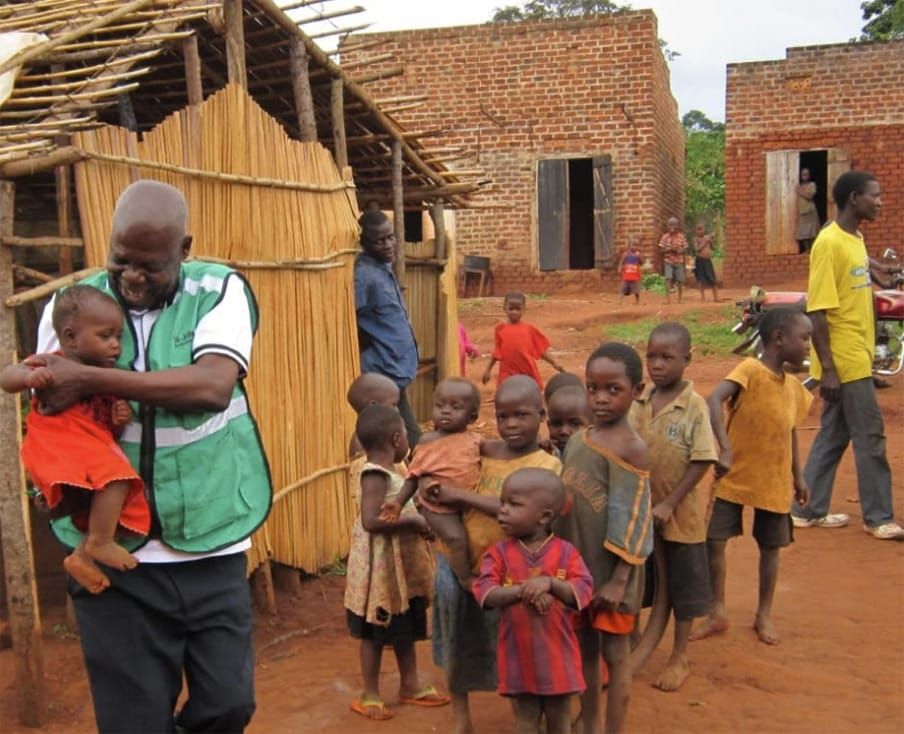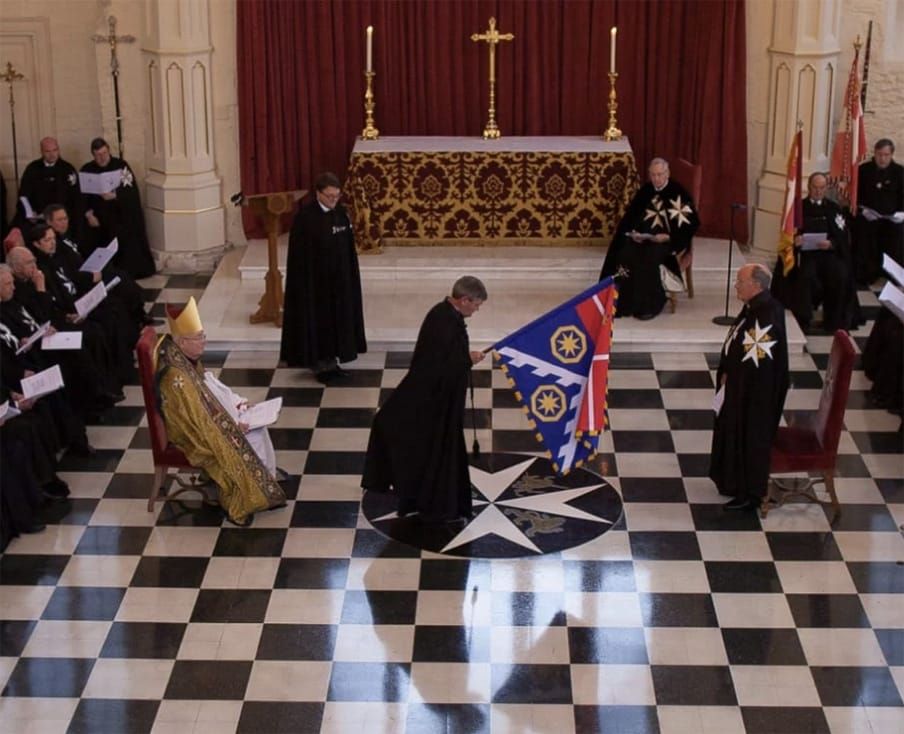St John is International
St John delivers its charitable activities through local St John organisations, which we call Establishments. They consist of Priories, Associations and Commanderies. The International Secretariat of the Order (“St John International”) is the supporting body for all St John establishments.
Our Establishments
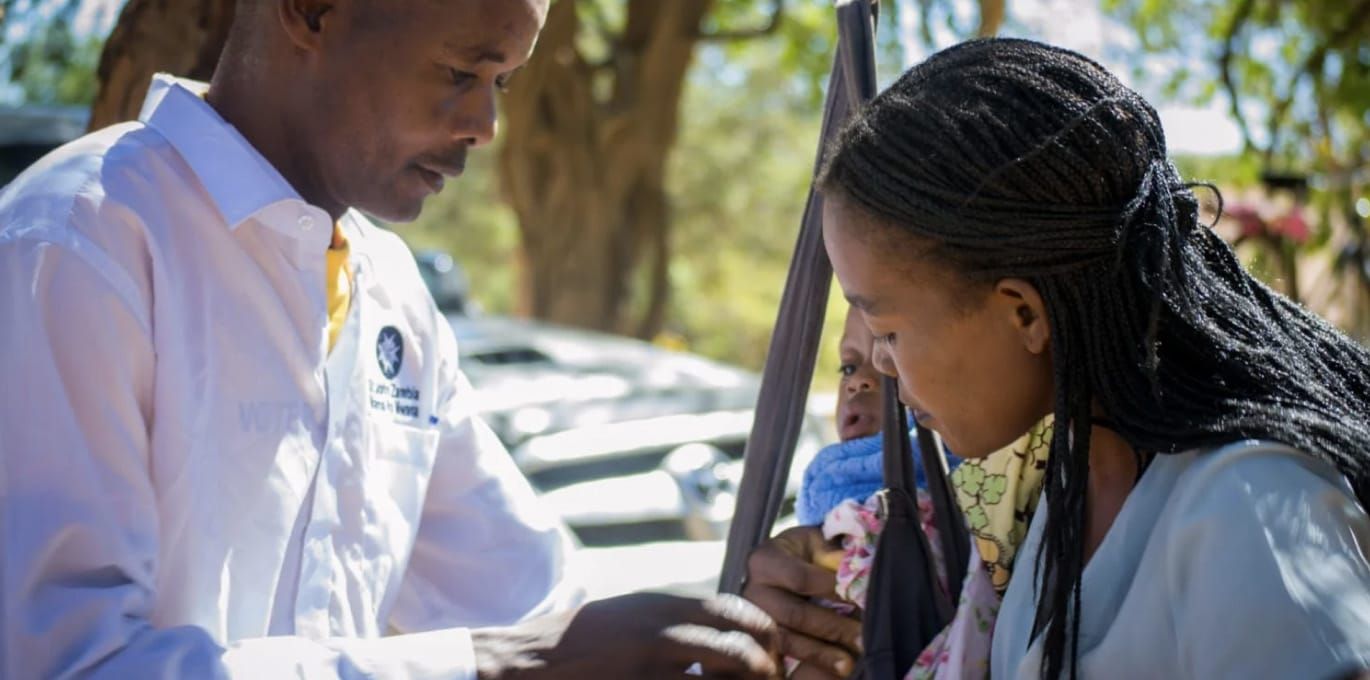
The Order of St John delivers its charitable activities through local St John establishments.
International Office
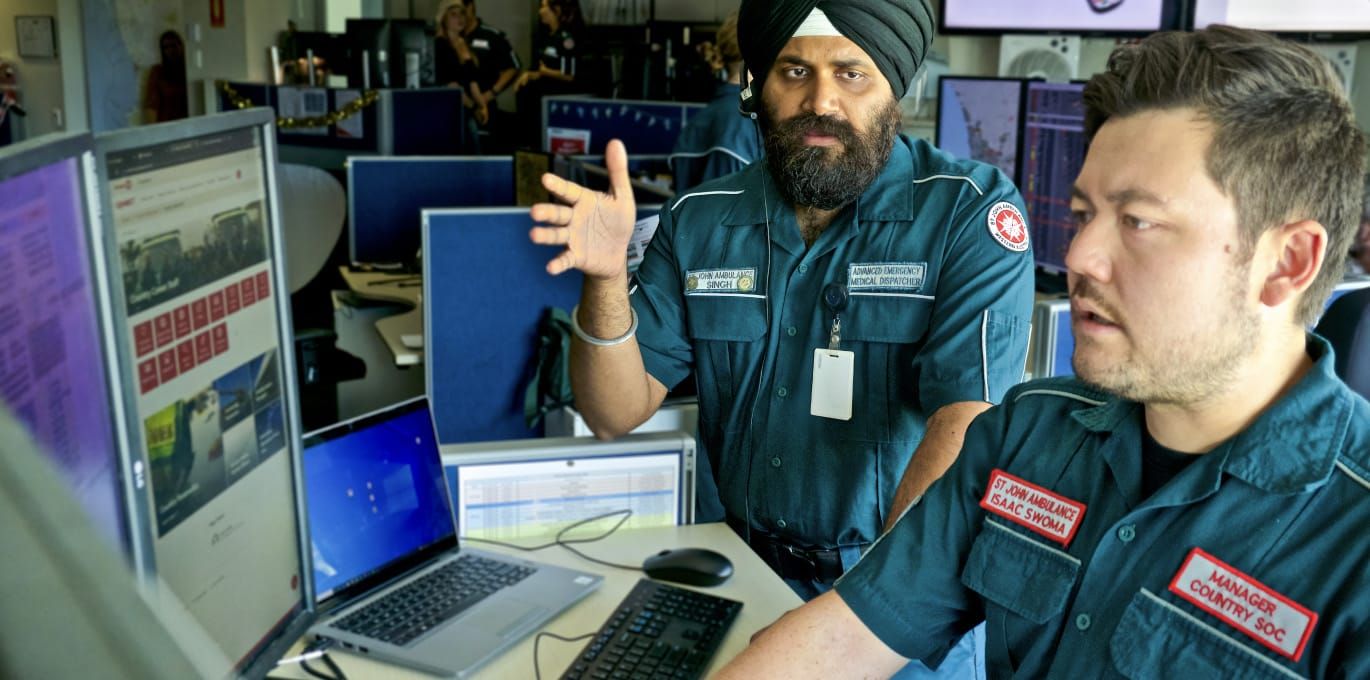
Our St John establishments are supported by our international secretariat, St John International.
What we achieved in 2024:
168,376 every day heroes volunteering worldwide
2,238,935 using our services across the globe
Royal Order of Chivalry since 1888
